TAIWAN: FROM SUNRISE AT ALI MOUNTAIN TO SUNSET IN KENTING
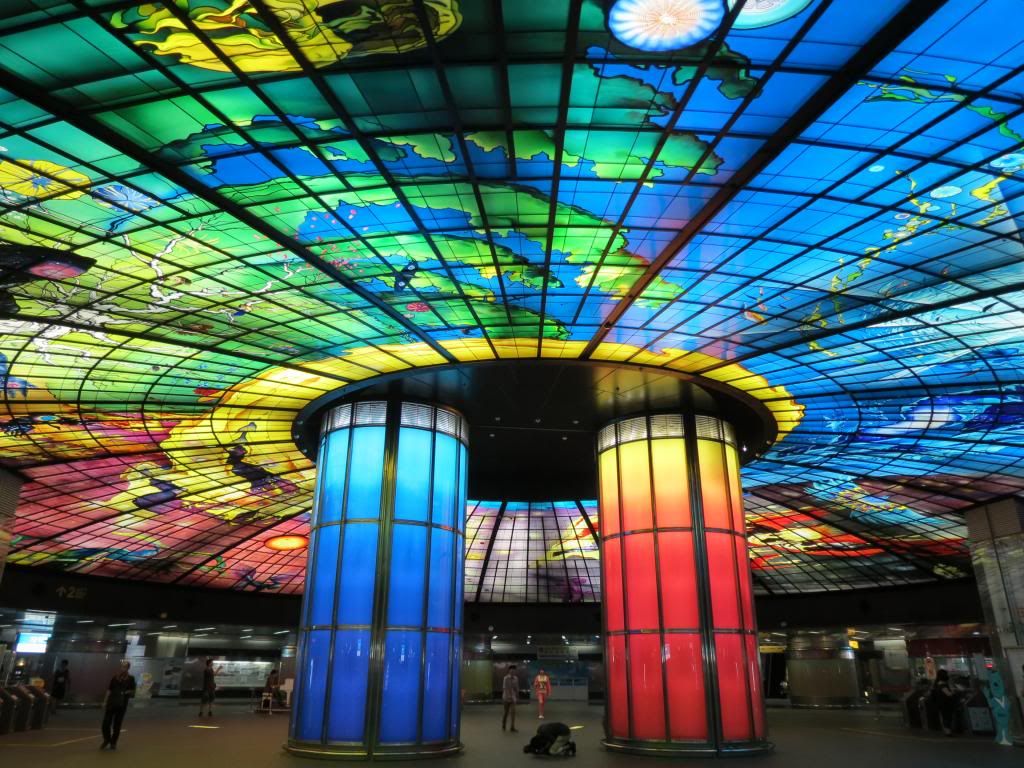 By Kirstie YuStaff WriterMy previous photojournal invited the reader to traverse Taiwan through its cuisine. There is so much else Taiwan has to offer, including impressive architecture, wondrous nature, and many simply unforgettable sights. I wanted to capture Taiwan’s most enticing tourist spots outside of its capital Taipei in this sequel.Ali Mountain (阿里山)Alishan National Scenic Area (阿里山國家風景區) in central Taiwan is best known for its cloud sea and sunrise, which we woke up at 3 a.m. to catch. Although the sunrise usually attracts throngs of tourists, we were fortunate enough to arrive slightly before a typhoon warning closed off the mountain road. We were thus able to watch the sunrise from a perfect vantage point without having to fight too many other tourists for the best viewing spot.
By Kirstie YuStaff WriterMy previous photojournal invited the reader to traverse Taiwan through its cuisine. There is so much else Taiwan has to offer, including impressive architecture, wondrous nature, and many simply unforgettable sights. I wanted to capture Taiwan’s most enticing tourist spots outside of its capital Taipei in this sequel.Ali Mountain (阿里山)Alishan National Scenic Area (阿里山國家風景區) in central Taiwan is best known for its cloud sea and sunrise, which we woke up at 3 a.m. to catch. Although the sunrise usually attracts throngs of tourists, we were fortunate enough to arrive slightly before a typhoon warning closed off the mountain road. We were thus able to watch the sunrise from a perfect vantage point without having to fight too many other tourists for the best viewing spot.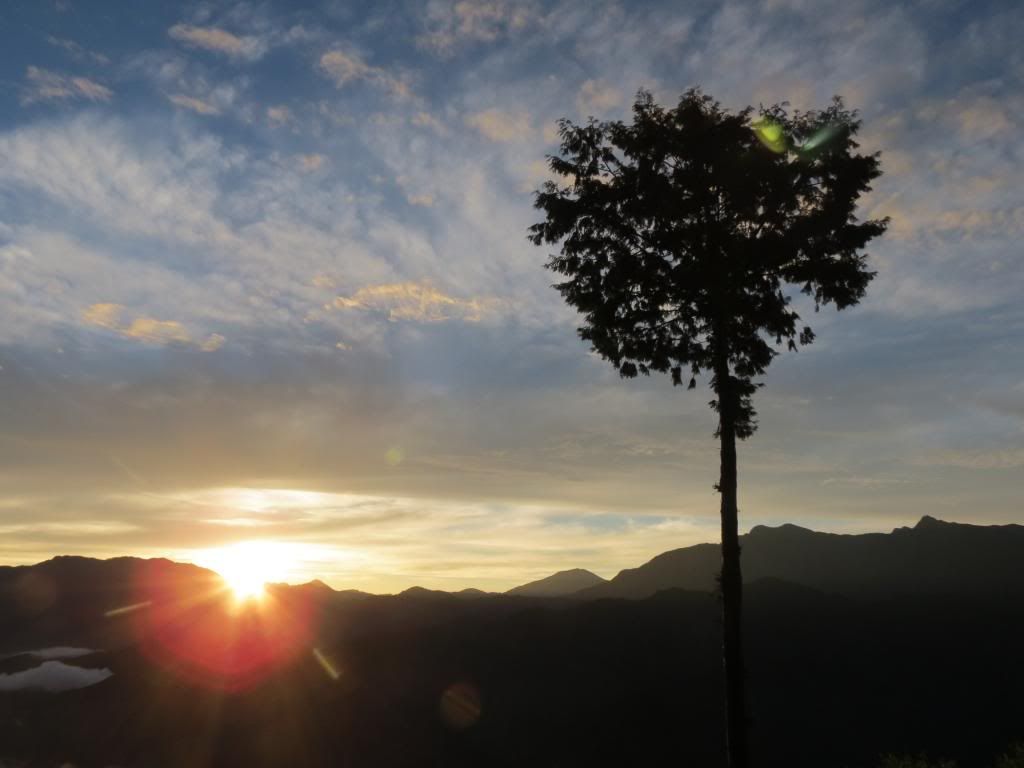 We took the first train of the day to the sunrise viewing location. The Alishan Forest Railway is a 53-mile network that was originally constructed by Japanese colonialists in 1912 to transport wood down the mountain. The trains themselves are famous as well, and there is even an Alishan Forest Railway Garage Park (阿里山森林鐵路車庫園區) for retired trains in the city of Chiayi (嘉義) at the base of the mountain.
We took the first train of the day to the sunrise viewing location. The Alishan Forest Railway is a 53-mile network that was originally constructed by Japanese colonialists in 1912 to transport wood down the mountain. The trains themselves are famous as well, and there is even an Alishan Forest Railway Garage Park (阿里山森林鐵路車庫園區) for retired trains in the city of Chiayi (嘉義) at the base of the mountain.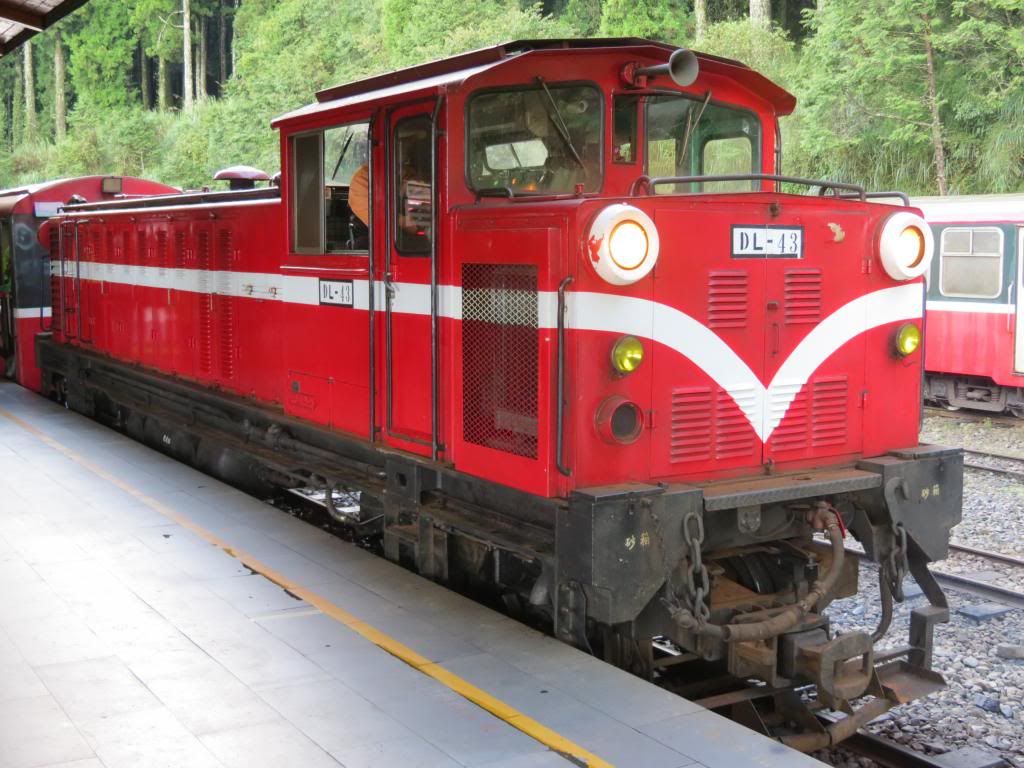 Xitou (溪頭)Also in central Taiwan, the Xitou Nature Education Area (溪頭自然教育園區) was established for research purposes for the National Taiwan University (國立臺灣大學). President Chiang Kai-Shek famously posed for a photo with college students on the bamboo bridge at University Pond (大學池) within the recreational area. I found the bridge itself to actually be quite steep.
Xitou (溪頭)Also in central Taiwan, the Xitou Nature Education Area (溪頭自然教育園區) was established for research purposes for the National Taiwan University (國立臺灣大學). President Chiang Kai-Shek famously posed for a photo with college students on the bamboo bridge at University Pond (大學池) within the recreational area. I found the bridge itself to actually be quite steep.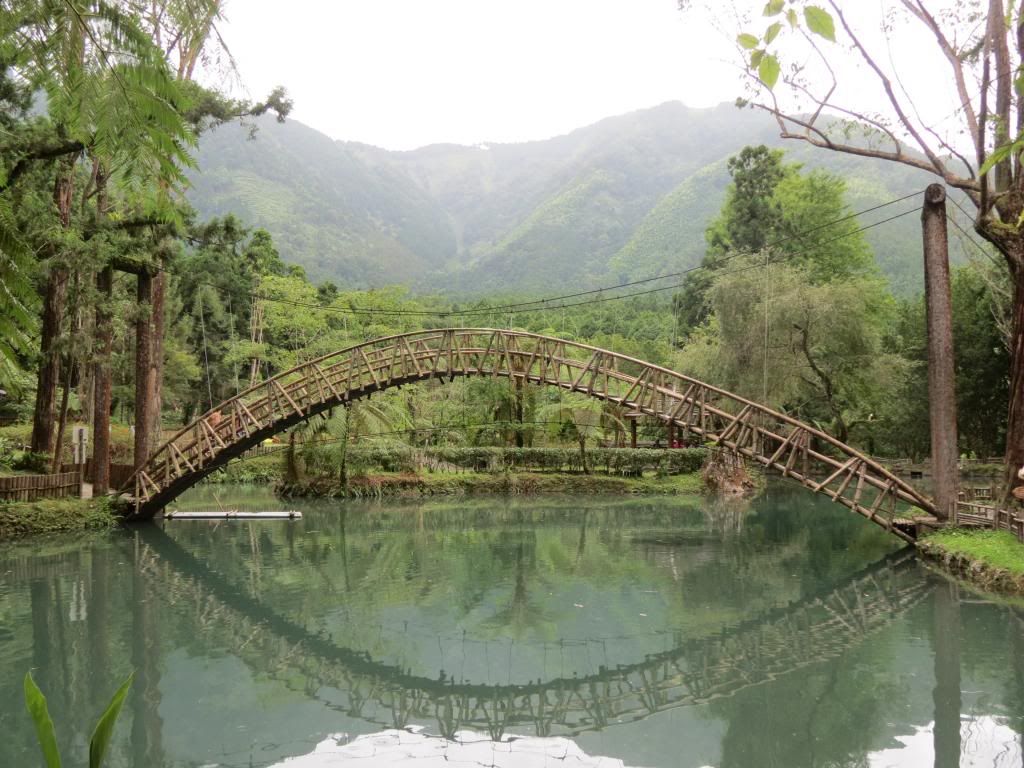 Within the Forest Recreation Park (森林遊樂區) are many unique natural creations, including a tree in the shape of a heart (pictured below) and a 3,000-year-old cypress tree called Shen Mu (神木) or “God Tree.”
Within the Forest Recreation Park (森林遊樂區) are many unique natural creations, including a tree in the shape of a heart (pictured below) and a 3,000-year-old cypress tree called Shen Mu (神木) or “God Tree.”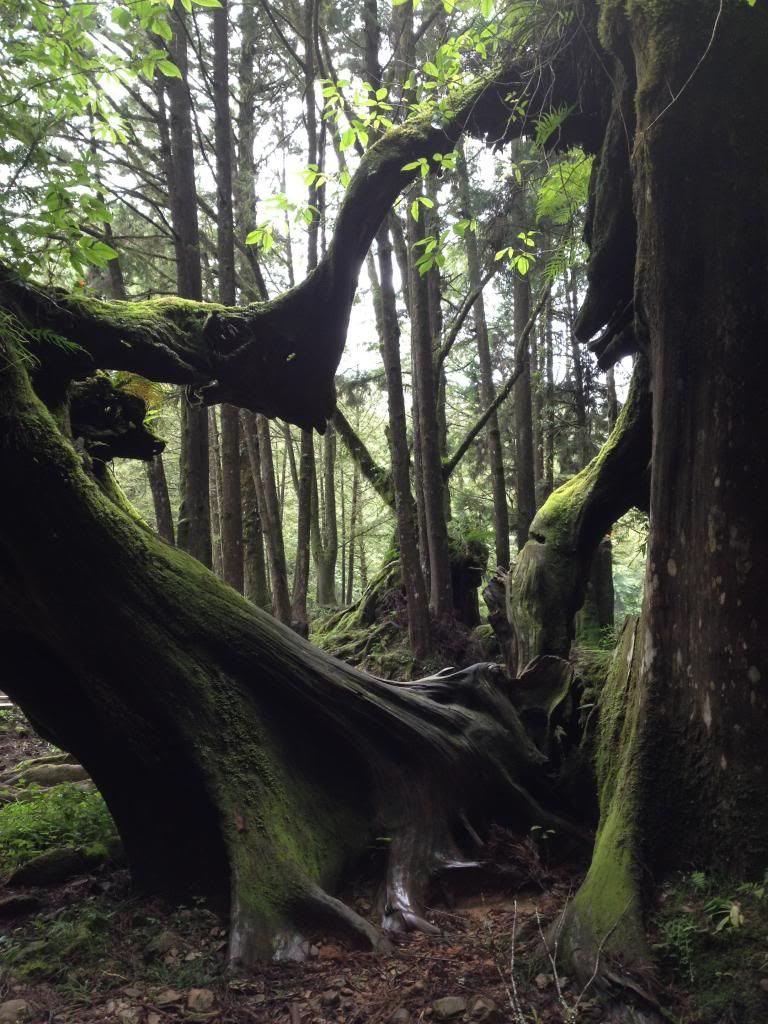 Within Xitou is a small Japanese-inspired Monster Village (妖怪村) built in 2011 that has eccentric monster statues, red lanterns and hidden secrets throughout. The village, which contains a wide array of themed souvenir shops and restaurants, is eerily pretty when the lanterns are lit up at night.
Within Xitou is a small Japanese-inspired Monster Village (妖怪村) built in 2011 that has eccentric monster statues, red lanterns and hidden secrets throughout. The village, which contains a wide array of themed souvenir shops and restaurants, is eerily pretty when the lanterns are lit up at night. Jiufen (九份)Jiufen, only an hour away from the heart of Taipei by bus or train, attracted attention in the late 1800s due to the discovery of gold in the region. With the vibrant and bustling Jiufen Old Street (九份老街) and hillside town speckled with houses, it is not hard to understand why director Hayao Miyazaki drew inspiration from this town for his film “Spirited Away.”
Jiufen (九份)Jiufen, only an hour away from the heart of Taipei by bus or train, attracted attention in the late 1800s due to the discovery of gold in the region. With the vibrant and bustling Jiufen Old Street (九份老街) and hillside town speckled with houses, it is not hard to understand why director Hayao Miyazaki drew inspiration from this town for his film “Spirited Away.”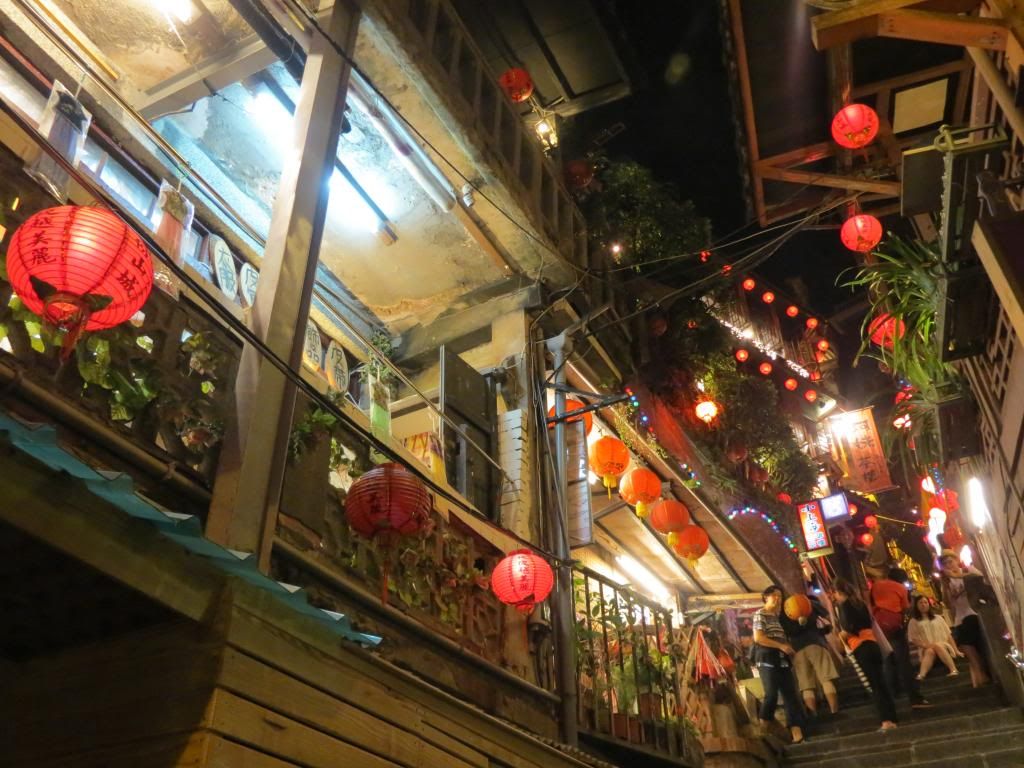
 Yilan (宜蘭)The Lanyang Museum (蘭陽博物館) showcases the geography and history of Yilan county in northeast Taiwan through its Mountains Level, Plains Level, and Ocean Level permanent exhibitions, as well as other special exhibitions featuring the culture of Yilan. Inspired by the cuesta rock formations in the region, the architecture mimics a rock or mountain rising from the earth.
Yilan (宜蘭)The Lanyang Museum (蘭陽博物館) showcases the geography and history of Yilan county in northeast Taiwan through its Mountains Level, Plains Level, and Ocean Level permanent exhibitions, as well as other special exhibitions featuring the culture of Yilan. Inspired by the cuesta rock formations in the region, the architecture mimics a rock or mountain rising from the earth.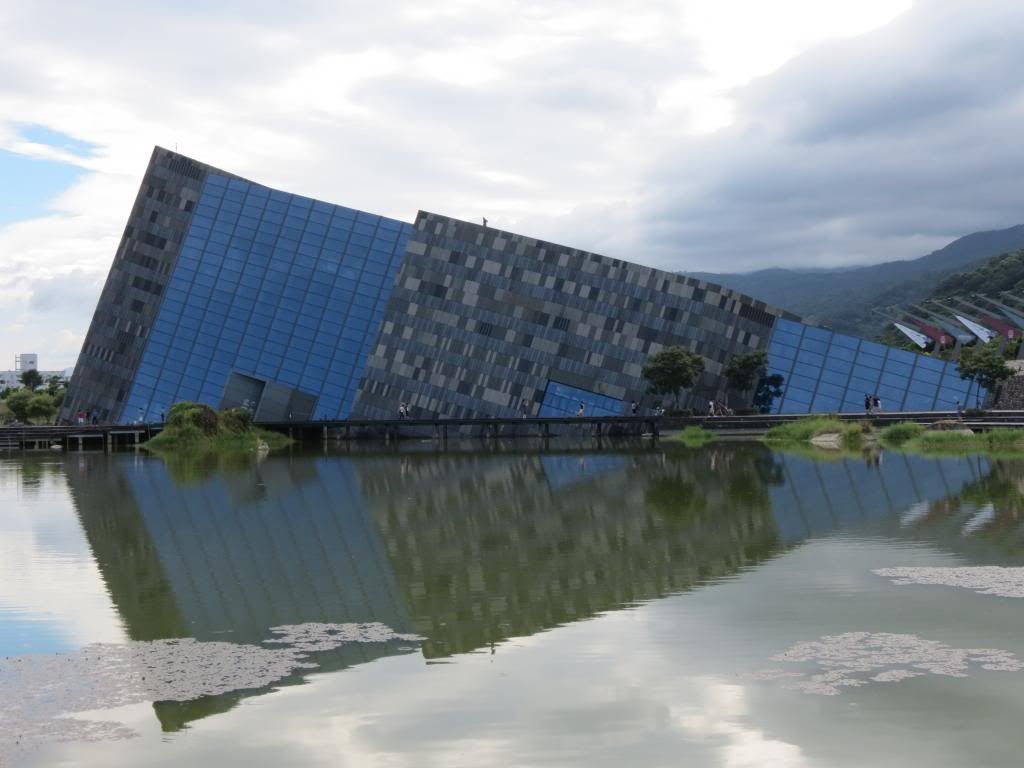 Tainan (台南)In southern Tainan, remnants of Dutch and Japanese rule in Taiwan still remain in the form of preserved architecture. Fort Zeelandia (熱蘭遮城) was built in the early 1600s by Dutch settlers and still stands today as a museum filled with history about Dutch rule in Taiwan. It was fascinating to see something so European in Taiwan.
Tainan (台南)In southern Tainan, remnants of Dutch and Japanese rule in Taiwan still remain in the form of preserved architecture. Fort Zeelandia (熱蘭遮城) was built in the early 1600s by Dutch settlers and still stands today as a museum filled with history about Dutch rule in Taiwan. It was fascinating to see something so European in Taiwan.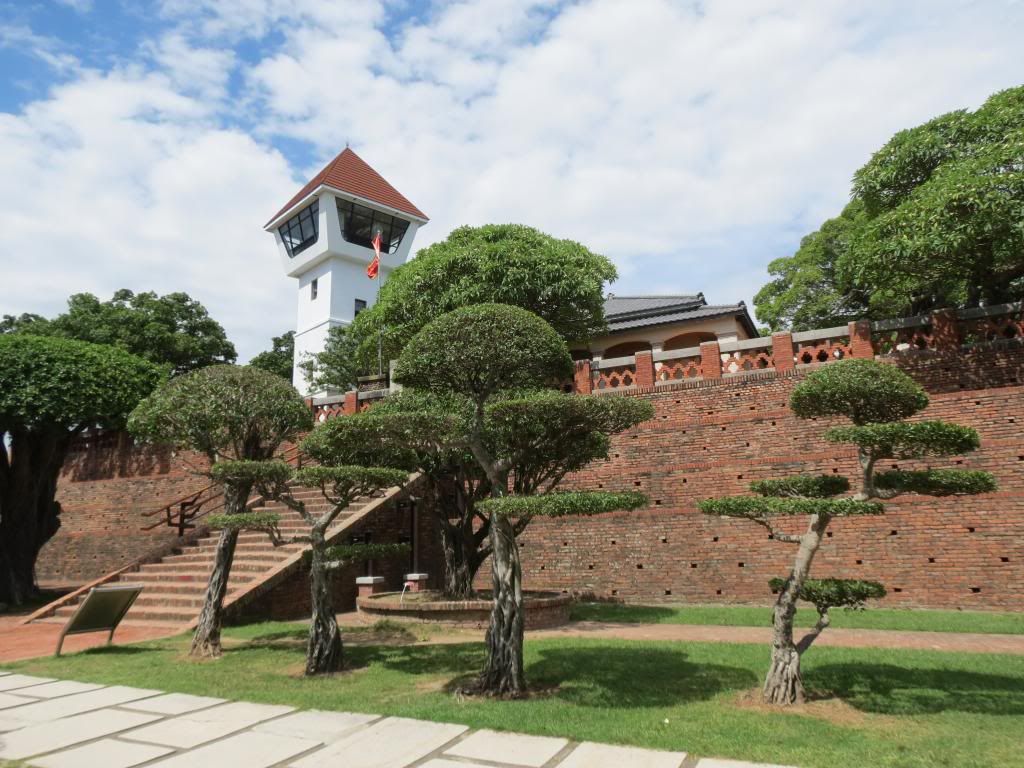
 Formerly a warehouse owned by British trading company Tait & Company established in 1967, the Anping Treehouse (安平樹屋) has since been taken over by banyan trees that have turned the warehouse into a fairytale-like building due to years of neglect. Roots and branches snake along every wall, and trails and stairs were built in 2004 to allow visitors to explore every inch of the mysterious building.
Formerly a warehouse owned by British trading company Tait & Company established in 1967, the Anping Treehouse (安平樹屋) has since been taken over by banyan trees that have turned the warehouse into a fairytale-like building due to years of neglect. Roots and branches snake along every wall, and trails and stairs were built in 2004 to allow visitors to explore every inch of the mysterious building. Kaohsiung (高雄)Public transportation is extremely convenient, accessible, and cost-friendly in Taiwan. Taiwan’s transportation includes the MRT (mass rapid transit) a.k.a. metro system in Taipei City and Kaohsiung, train, HSR (high-speed rail) that runs from Taipei in the north all the way to Kaohsiung in the south), city bus (a low-cost comprehensive bus network), Taiwan Tourist Shuttle, and taxis galore. Formosa Boulevard Station (美麗島站) is the central station where Kaohsiung MRT’s two lines meet, and it houses the Dome of Light (光之穹頂), the largest glass work in the world.
Kaohsiung (高雄)Public transportation is extremely convenient, accessible, and cost-friendly in Taiwan. Taiwan’s transportation includes the MRT (mass rapid transit) a.k.a. metro system in Taipei City and Kaohsiung, train, HSR (high-speed rail) that runs from Taipei in the north all the way to Kaohsiung in the south), city bus (a low-cost comprehensive bus network), Taiwan Tourist Shuttle, and taxis galore. Formosa Boulevard Station (美麗島站) is the central station where Kaohsiung MRT’s two lines meet, and it houses the Dome of Light (光之穹頂), the largest glass work in the world. Kenting (墾丁)Kenting’s unbridled natural beauty and year-round tropical weather always attracts visitors to Maobitou Scenic Area (貓鼻頭), the southwestern-most tip of Taiwan, and Cape Eluanbi (鵝鑾鼻), the southeastern-most tip. I saw the bluest cerulean ocean water I’ve seen in my life at Maobitou, which means “cat’s nose.”
Kenting (墾丁)Kenting’s unbridled natural beauty and year-round tropical weather always attracts visitors to Maobitou Scenic Area (貓鼻頭), the southwestern-most tip of Taiwan, and Cape Eluanbi (鵝鑾鼻), the southeastern-most tip. I saw the bluest cerulean ocean water I’ve seen in my life at Maobitou, which means “cat’s nose.”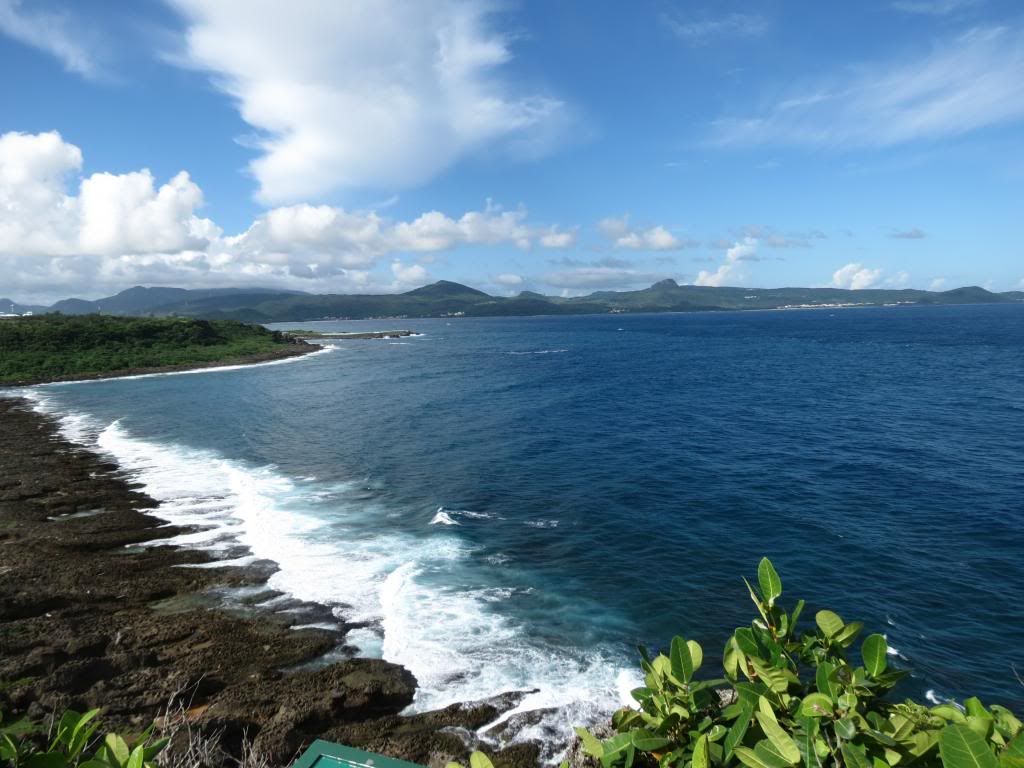 Eluanbi Lighthouse is called “The Light of East Asia” because it is supposedly the brightest lighthouse in Asia, or at least in Taiwan. Eluanbi means “goose’s beak.”
Eluanbi Lighthouse is called “The Light of East Asia” because it is supposedly the brightest lighthouse in Asia, or at least in Taiwan. Eluanbi means “goose’s beak.”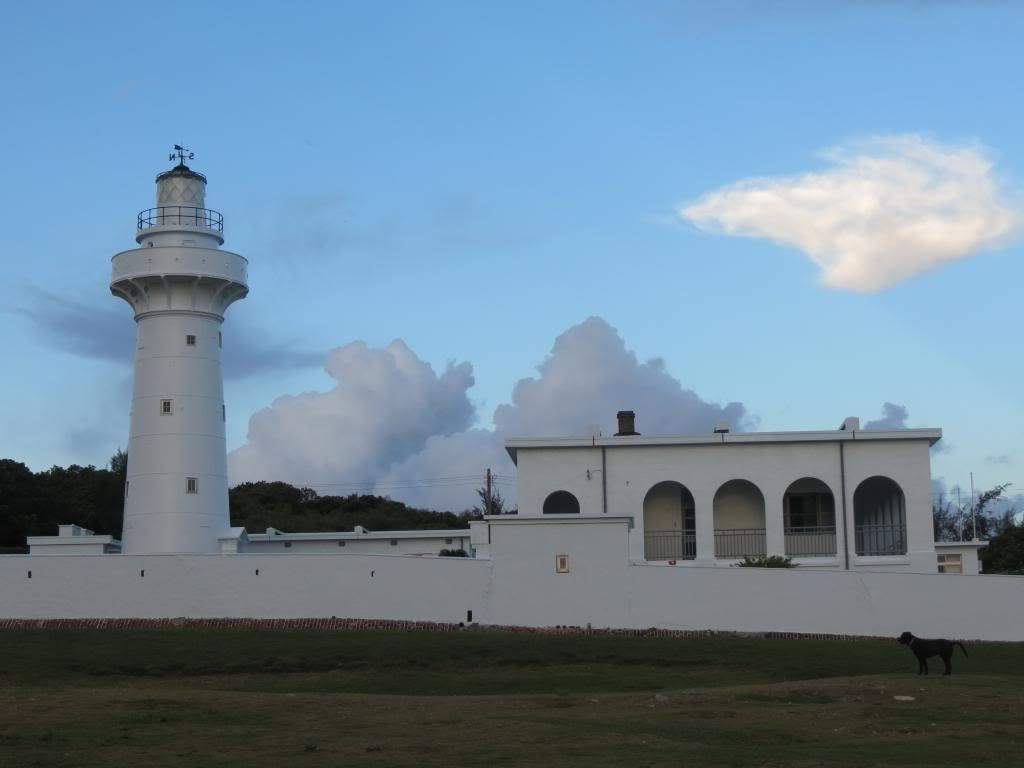 The Kenting Night Market (墾丁大街) bustles with life after dark with locals and tourists alike eager to snack on traditional Taiwanese food, win prizes in a variety of games, and buy souvenirs from the numerous vendors after a long day at the beach.
The Kenting Night Market (墾丁大街) bustles with life after dark with locals and tourists alike eager to snack on traditional Taiwanese food, win prizes in a variety of games, and buy souvenirs from the numerous vendors after a long day at the beach. Finally, one cannot leave Kenting without going to Guanshan (關山), a seaside hill that was named one of the top sunset spots by CNN last year. I have been to Guanshan to see the sunset twice, and the colors and aura of the sunset are never the same each time. Pictures do not do the sunset justice, so this definitely must be seen in person when visiting Taiwan.
Finally, one cannot leave Kenting without going to Guanshan (關山), a seaside hill that was named one of the top sunset spots by CNN last year. I have been to Guanshan to see the sunset twice, and the colors and aura of the sunset are never the same each time. Pictures do not do the sunset justice, so this definitely must be seen in person when visiting Taiwan.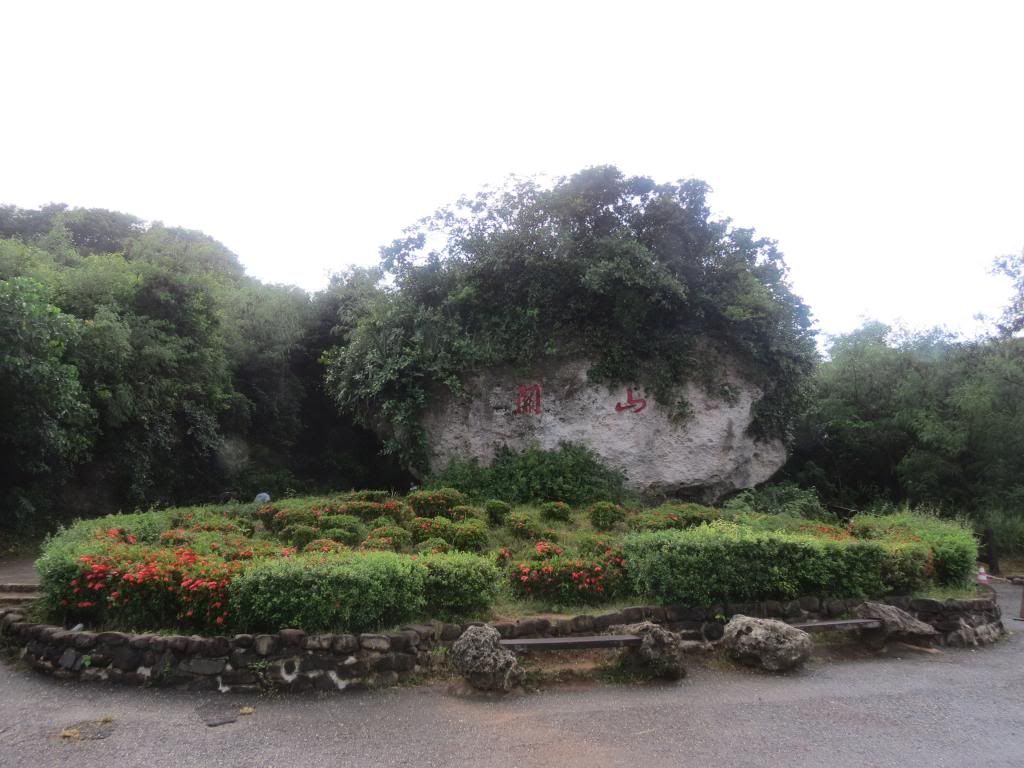
 All images by Kirstie Yu, Prospect Staff Writer
All images by Kirstie Yu, Prospect Staff Writer
